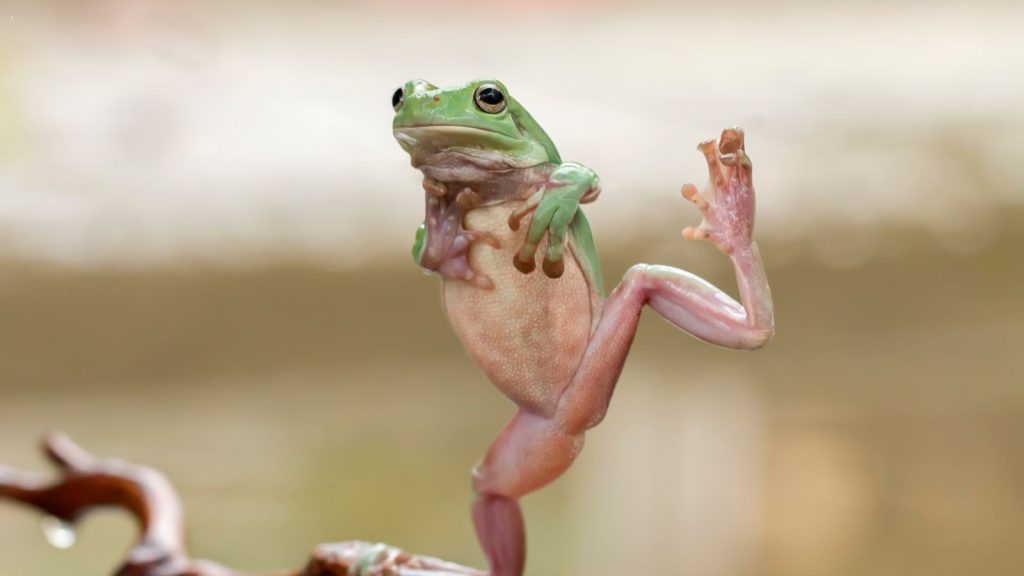Amphibians might seem harmless, but some pack a deadly punch. Don’t you think it’s fascinating that such beautiful creatures can be so incredibly dangerous? These frogs, toads, and salamanders produce potent toxins that can cause severe pain, paralysis, or even death. Their bright colors often serve as a warning to predators, but humans need to be cautious too. From the rainforests of South America to the mountains of Japan, these poisonous creatures have evolved incredible chemical defenses. While they rarely pose a threat unless handled, their poisons are exceptionally potent, so you really don’t want to get too close.
Golden Poison Frog
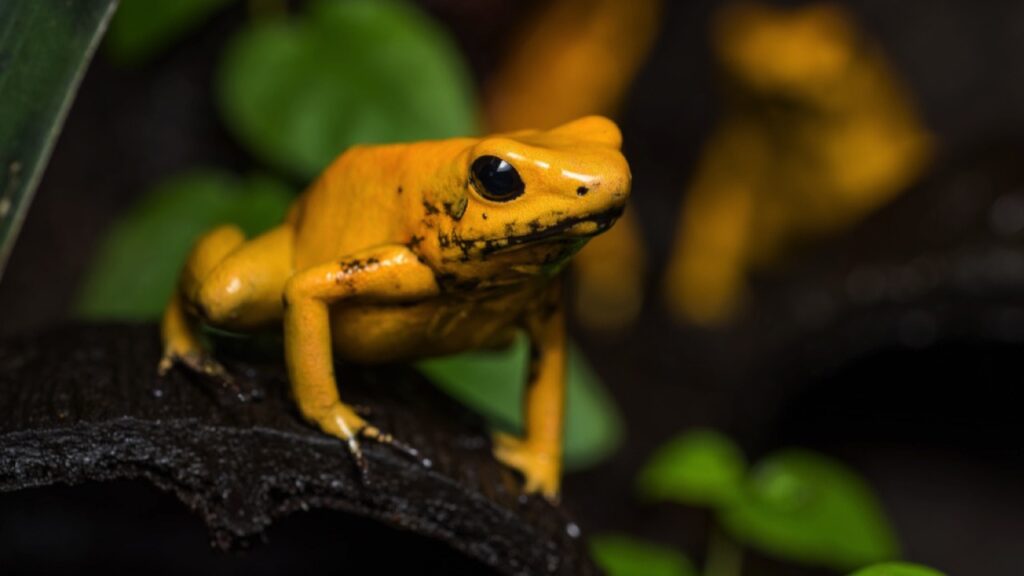
The golden poison frog is often called the most toxic animal on Earth. A single frog carries enough poison to kill up to 20 humans or 10,000 mice. This tiny frog, native to Colombia, gets its toxins from its diet of poisonous insects. Indigenous people have used its poison for centuries to tip their blowgun darts.
Blue-Jean Frog
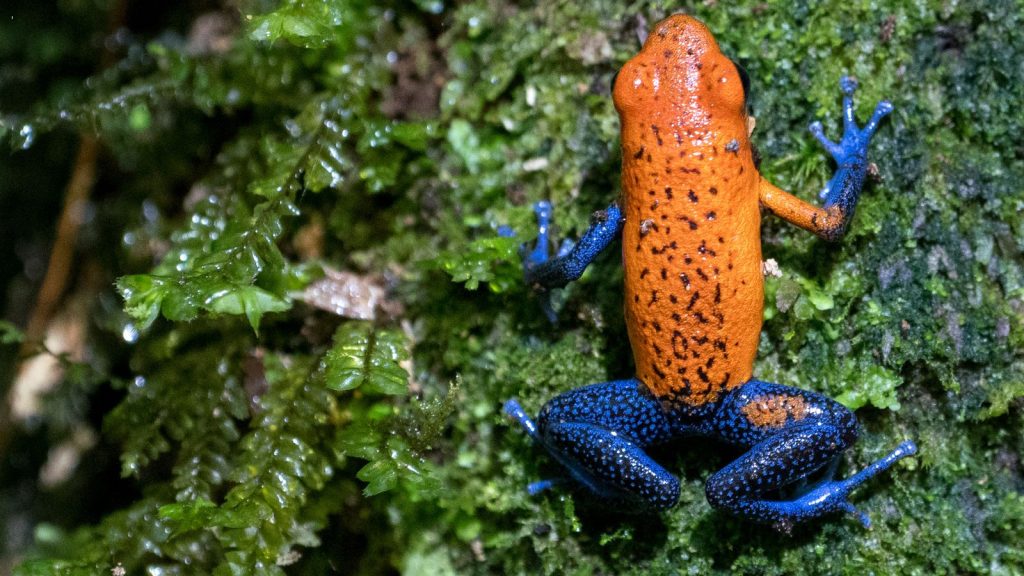
Also known as the strawberry poison dart frog, this tiny amphibian sports a bright red body with blue legs. While not as deadly as its golden cousin, its toxins can still cause severe pain and even paralysis. These frogs are found in Central American rainforests and come in various color patterns.
Black-Legged Dart Frog

The black-legged dart frog might be small, but its poison packs a punch. Its bright yellow body with black legs serves as a warning to predators. This frog’s toxins can cause heart failure and paralysis. It’s found in the rainforests of Colombia and Ecuador.
Kokoe Poison Dart Frog

The kokoe poison dart frog comes in various colors, including orange, yellow, and green. Its poison can cause severe pain, swelling, and nausea. These frogs are found in the Amazon rainforest and are known for their loud, bird-like calls.
Phantasmal Poison Frog
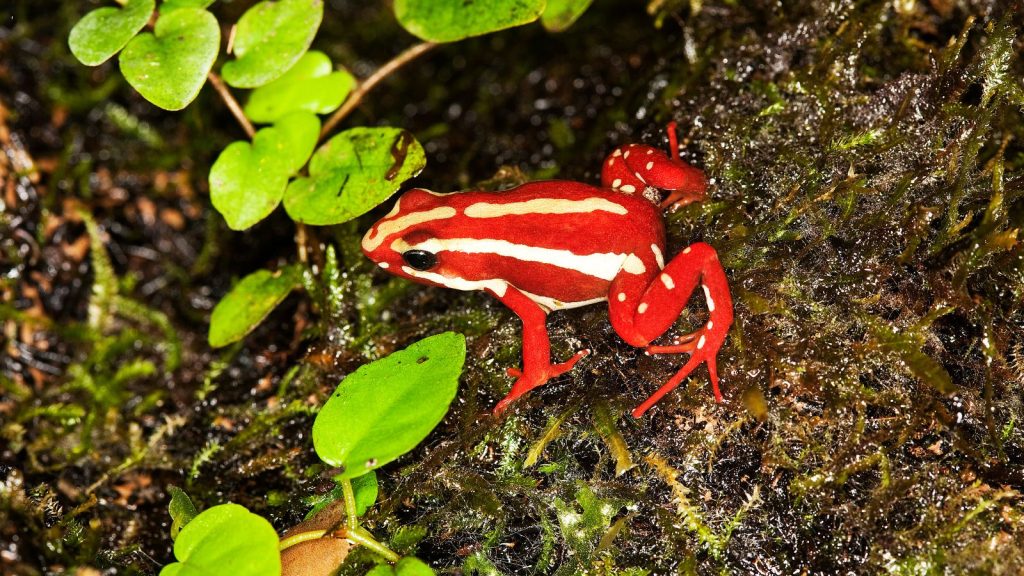
Don’t let its small size fool you – the phantasmal poison frog is highly toxic. Its bright red body is a clear warning sign. This frog’s poison can cause severe pain and muscle paralysis. It’s found in the Andes mountains of Ecuador.
Cane Toad
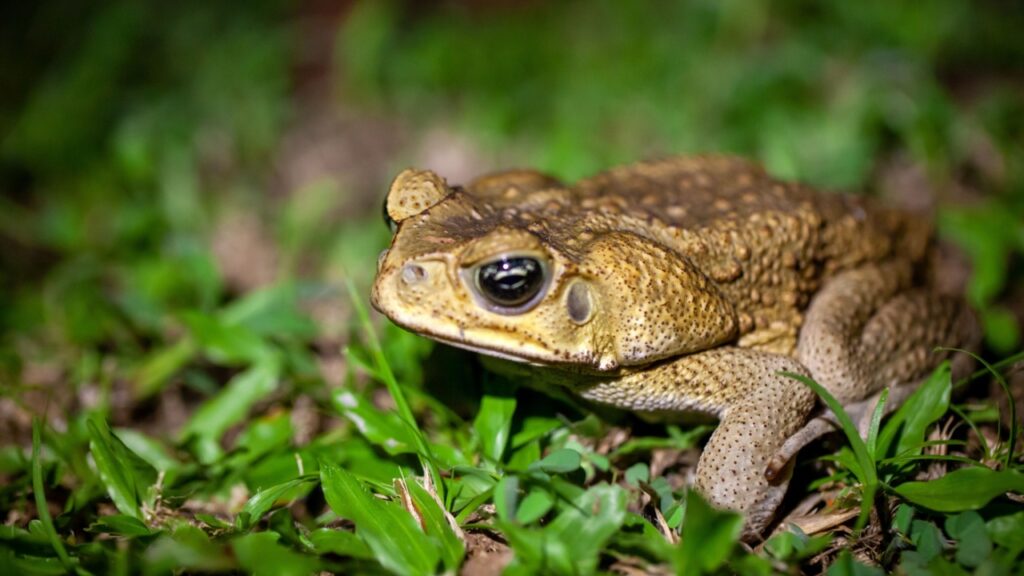
The cane toad is one of the largest toxic amphibians. Native to Central and South America, it has been introduced to many other parts of the world. Its poison glands can squirt toxin when the toad feels threatened. This toxin can cause severe pain, vomiting, and even heart failure if ingested.
Fire-Bellied Toad
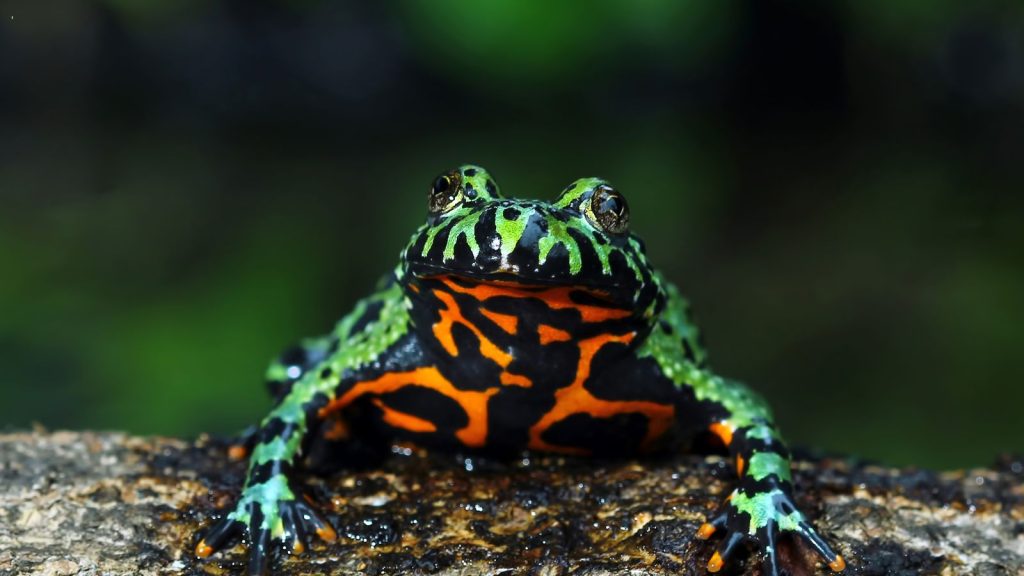
The fire-bellied toad gets its name from its bright red or orange underside. When threatened, it arches its body to display this warning color. While not deadly to humans, its toxins can cause irritation and allergic reactions. These toads are found in parts of Asia and Europe.
Colorado River Toad
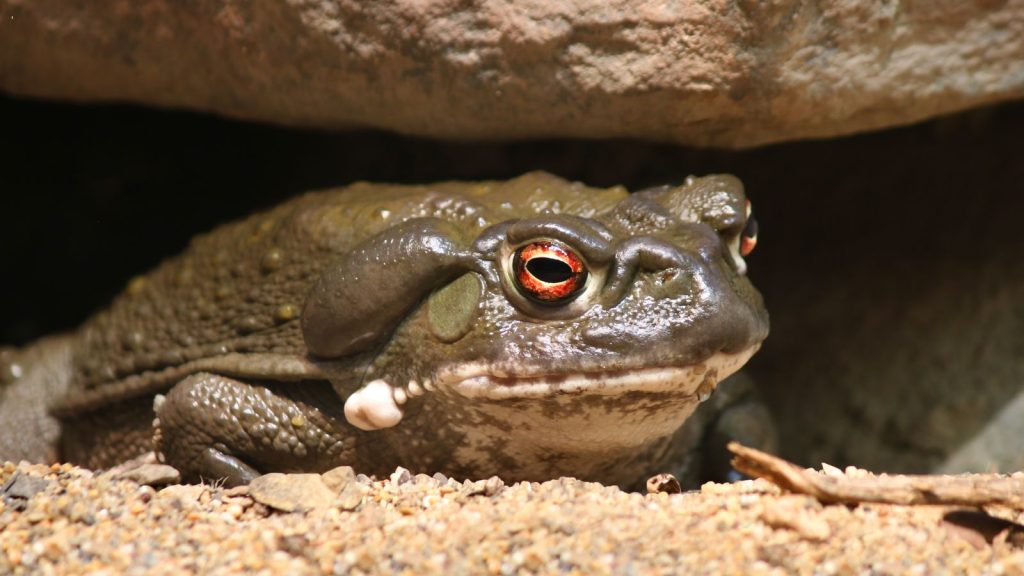
Also known as the Sonoran Desert toad, this amphibian produces a potent toxin that can be fatal if ingested. The toxin contains psychoactive compounds that have been misused by humans seeking a hallucinogenic experience. These large toads are found in the southwestern United States and northwestern Mexico.
Japanese Fire-Bellied Newt
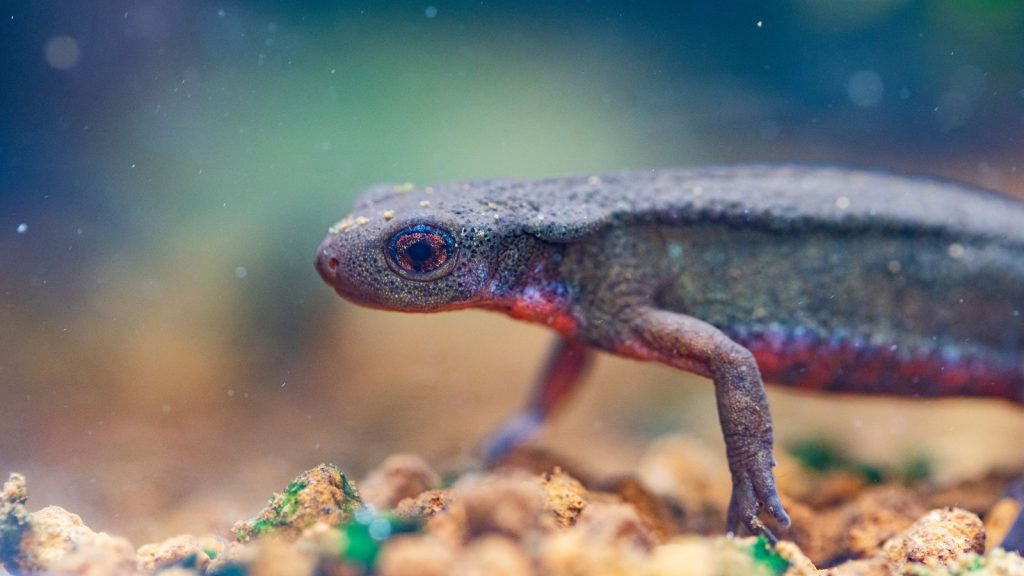
This colorful newt produces a potent neurotoxin called tetrodotoxin, the same poison found in pufferfish. Its bright orange belly warns predators of its toxicity. While rarely fatal to humans, its poison can cause numbness, paralysis, and breathing difficulties.
California Newt
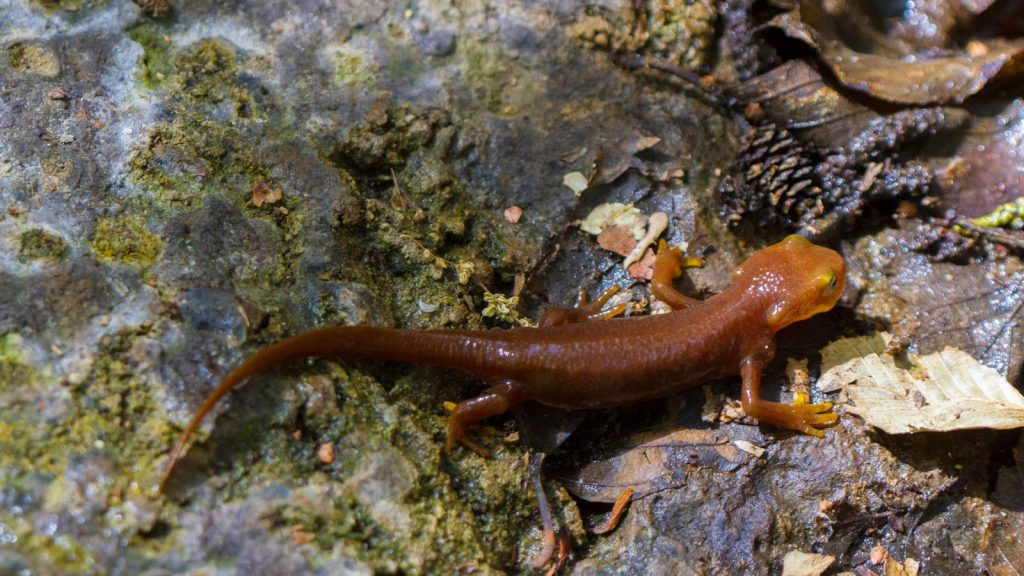
The California newt produces a potent neurotoxin in its skin. This toxin, also tetrodotoxin, is strong enough to kill most predators. Humans who handle these newts and then touch their eyes or mouth can experience severe symptoms. These newts are found in California and parts of Oregon.
Yellow-Banded Poison Dart Frog
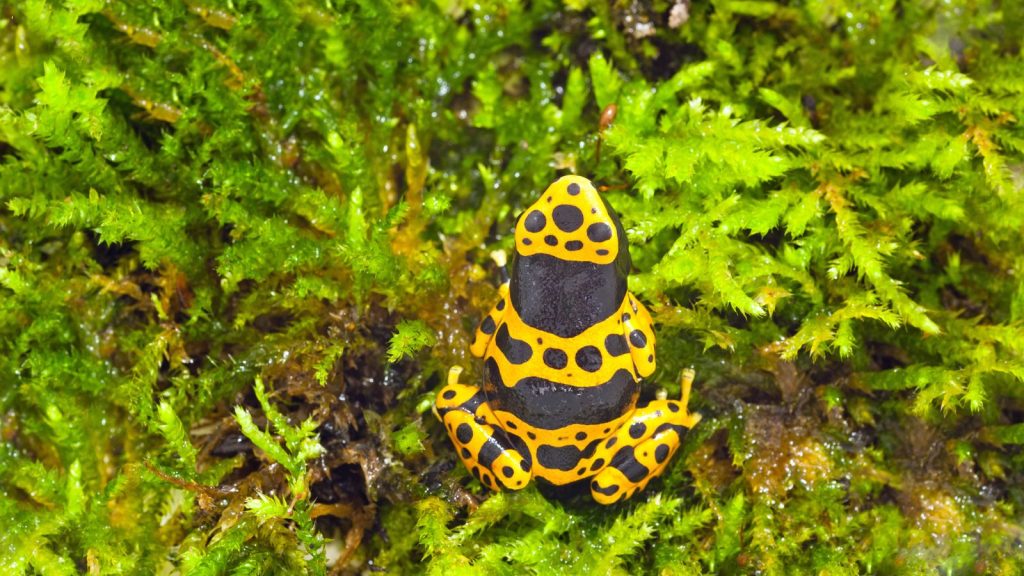
This striking frog sports yellow bands across its black body. Its poison can cause severe pain, swelling, and nausea. Found in the Amazon rainforest, this frog’s toxins have been studied for potential medical uses.
Blue Poison Dart Frog
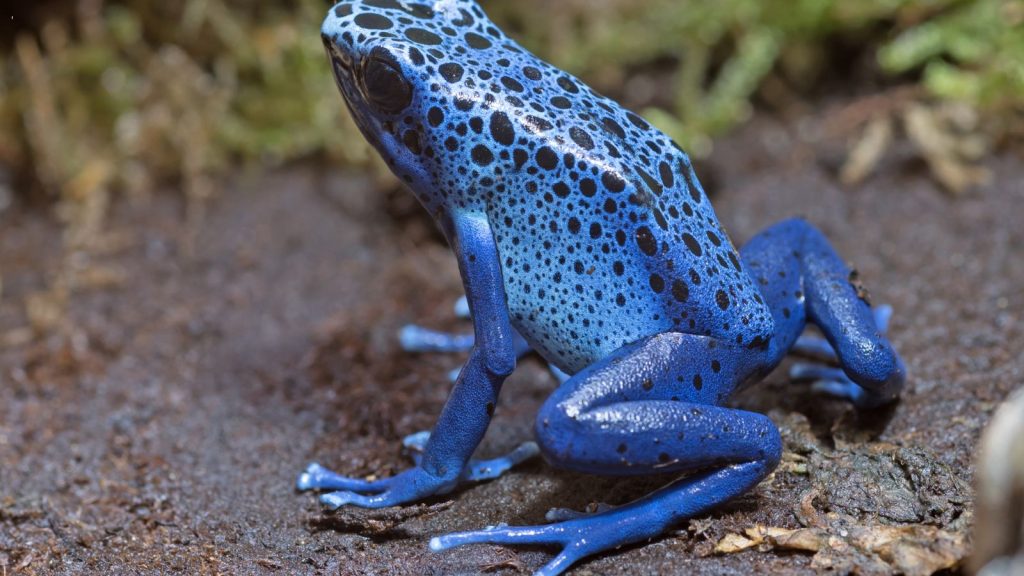
The blue poison dart frog is as beautiful as it is dangerous. Its bright blue color is a clear warning of its toxicity. While not as lethal as some other poison dart frogs, its toxins can still cause serious health problems. These frogs are native to Suriname and are popular in the exotic pet trade, though captive-bred individuals lose their toxicity.

